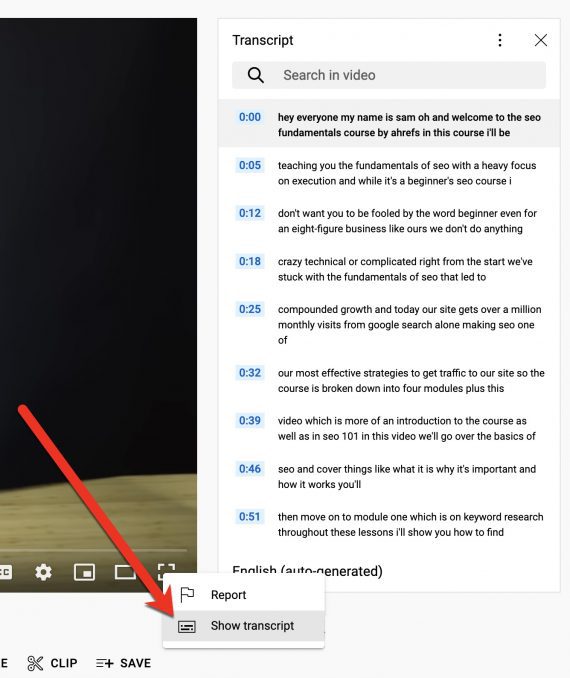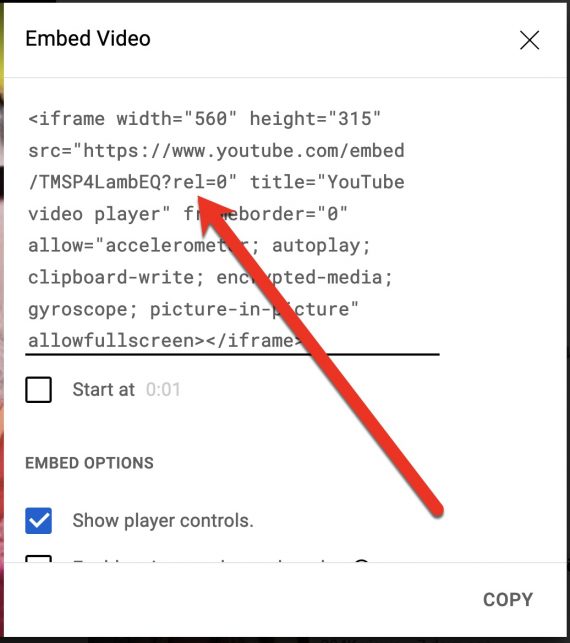Movies are an natural search alternative. They will seem in Google’s video carousels and enhance the rankings of a web page when embedded.
Right here’s learn how to optimize on-site movies.
On-site Video website positioning
1. Guarantee relevancy. A video ought to contribute to the web page’s goal. Don’t add movies solely for search engine marketing. Put guests first. Related, useful movies drive engagement and ship constructive indicators to Google.
Key phrase analysis, the muse of all website positioning, applies to movies. Search Google for intuitive phrases and phrases. A question that produces video carousels is price optimizing.
2. Emphasize high quality. Ensure that your video is obvious, organized, and to the purpose. Ask associates, colleagues, and goal consumers to evaluation it.
Research the movies in Google’s carousels to judge what’s obtainable for a given question.
3. Use an attractive thumbnail. Video thumbnails seem in search ends in carousels and video rich-snippets. A video’s thumbnail can be what folks see on the web page earlier than enjoying it.
Thus thumbnails are vital for natural clicks and on-page engagement. Create a singular picture that displays the video’s intent.
4. Add to YouTube. Choices for video internet hosting embrace your individual web site and third-party platforms (free and premium). However YouTube is your best option for natural rankings owing to Google’s possession of that web site.
When importing to YouTube, use the customized thumbnail above at 1,280 x 720 pixels with a minimal width of 640. Importantly, add intensive explanatory content material, which can assist Google categorize that video and rank it increased. Then verify Google can generate a transcript from the video. A transcript signifies Google’s understanding of the content material.
5. Use structured information. A video needs to be seen and playable on a web page to have any likelihood of producing video rich-snippets. Utilizing YouTube’s video embed code simply achieves each.
When embedding YouTube movies, add ?rel=0 to the video URL contained in the code to stop Google from suggesting rivals. With that string current, YouTube will counsel your individual movies as a substitute.
Take into account, additionally, utilizing Schema.org structured information when embedding your video. It’s not required for video rich-snippets, nevertheless it received’t damage. Videoschema.com affords a free Schema.org generator.
Utilizing YouTube as a internet hosting platform means Google will seemingly pull all of the metadata — creator, publish date, description — with out the structured information. However undoubtedly embrace Schema.org markup (and a transcript) when not internet hosting on YouTube.
6. Lazy-load movies. Movies can decelerate a web page. All the time lazy-load movies to make sure good scores on Core Internet Vitals.
There are answers for implementing lazy loading relying in your platform. WPbeginner affords a workaround for WordPress that additionally provides ?rel=0 to embed code. A web site known as Part Design has a tutorial for Shopify. Wix claims to supply lazy loading by default.
In any other case, examine together with your platform supplier.
7. Produce a video XML sitemap. An XML sitemap can hyperlink to each video in your web site, growing discovery by search bots. People don’t see XML sitemaps.
Regulate the “Video pages” report in Search Console to make sure Google can entry and index that content material.



